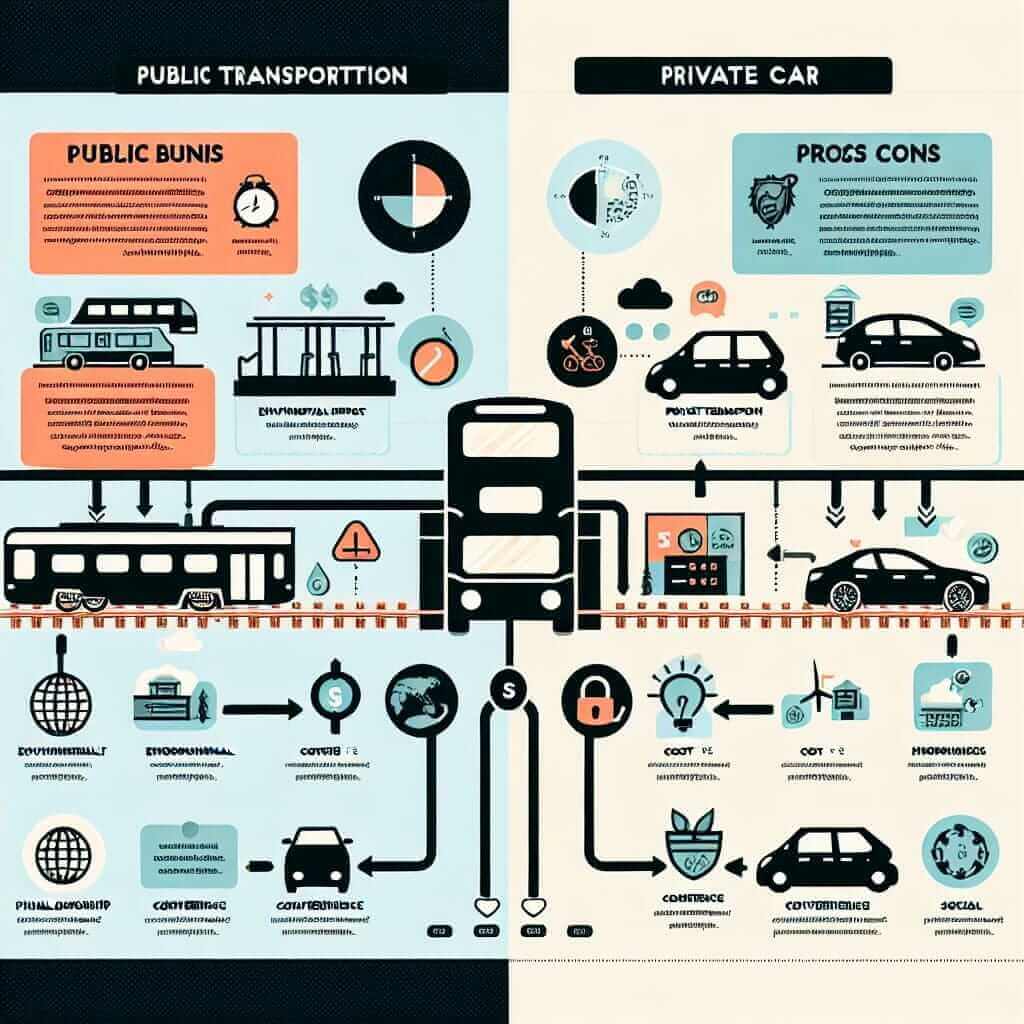The IELTS Writing Task 2, particularly the essay section, often feels like a daunting mountain to climb for many test-takers. One crucial element that lays the foundation for a high-scoring essay is the general statement. A well-crafted general statement not only introduces the essay topic effectively but also sets the tone and direction for your entire argument. In this article, we will delve into the intricacies of writing a powerful general statement that captures the examiner’s attention and paves the way for a cohesive and impressive essay.
Understanding the Importance of a General Statement
Imagine reading an essay that dives headfirst into complex arguments without providing any context or background information. Confusing, right? That’s precisely where the general statement comes in. It acts as a bridge between the essay question and your specific stance on the topic.
Here’s why a strong general statement is indispensable:
- Introduces the Topic: It provides a broad overview of the subject matter, setting the context for your essay.
- Grabs the Reader’s Attention: A captivating general statement can pique the examiner’s interest and make them want to read further.
- Establishes Your Position: It subtly hints at your stance on the issue, preparing the reader for the arguments you will present in subsequent paragraphs.
- Ensures Coherence: A well-defined general statement ensures that your essay flows logically from the introduction to the conclusion.
Crafting an Effective General Statement: A Step-by-Step Guide
Now that we understand the significance of a general statement let’s explore how to write one that leaves a lasting impact:
1. Analyze the Essay Question
Before putting pen to paper (or fingers to keyboard!), carefully analyze the essay question. Identify the keywords, understand the specific issues being raised, and determine the essay type (e.g., argumentative, compare and contrast).
2. Formulate a Clear Topic Sentence
Begin your general statement with a clear and concise topic sentence that directly addresses the essay question. This sentence should encapsulate the main theme or subject matter you’ll be discussing.
3. Provide Background Information
After stating your topic sentence, provide some background information to familiarize the reader with the context. This could involve outlining historical facts, current trends, or general opinions related to the topic.
4. Transition to Your Stance
Towards the end of your general statement, smoothly transition into your stance on the issue. You can achieve this by using transition words or phrases that signal your opinion (e.g., however, on the other hand, while it is true that).
5. Maintain a Neutral Tone
While it’s essential to hint at your position, maintain a neutral tone in the general statement. Avoid using strong language or making absolute statements. Remember, you’ll delve into specific arguments and supporting evidence in the body paragraphs.
Illustrating with Examples
Let’s look at some examples to solidify our understanding:
Essay Question:
“Some people believe that the government should invest heavily in public transportation, while others argue that private car ownership should be encouraged. Discuss both views and give your opinion.”
Example General Statement:
“The debate surrounding transportation infrastructure often revolves around the roles of public and private initiatives. While private car ownership offers convenience and flexibility, the increasing strain on urban environments and concerns about environmental sustainability have fueled the argument for substantial government investment in public transportation systems.”
Explanation:
- Topic Sentence: “The debate surrounding transportation infrastructure often revolves around the roles of public and private initiatives.”
- Background Information: Mentions the advantages of private car ownership and highlights the concerns (urban strain, sustainability) that have sparked the debate.
- Transition: The phrase “fueled the argument” subtly signals a shift towards discussing the benefits of public transportation.

Tips to Elevate Your General Statement
- Keep it Concise: Aim for 2-3 sentences, ensuring every word serves a purpose.
- Use Varied Vocabulary: Showcase your language skills by incorporating synonyms and avoiding repetition.
- Proofread Carefully: Grammatical errors can negatively impact your score. Always double-check for accuracy.
Conclusion
Mastering the art of crafting a compelling general statement is crucial for achieving a high score in the IELTS Writing Task 2. Remember to analyze the question thoroughly, provide relevant background information, transition smoothly into your stance, and maintain a neutral tone. With practice and attention to detail, you can confidently write general statements that impress examiners and lay the foundation for a well-structured and high-scoring essay.